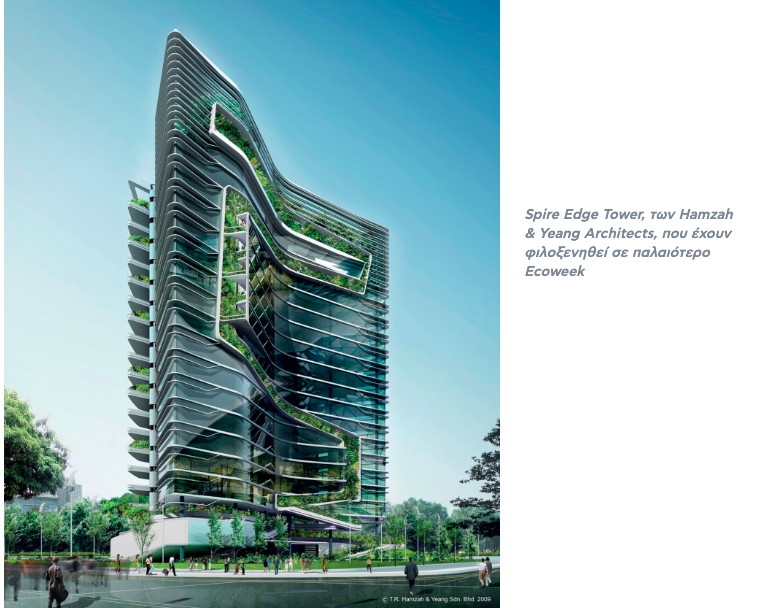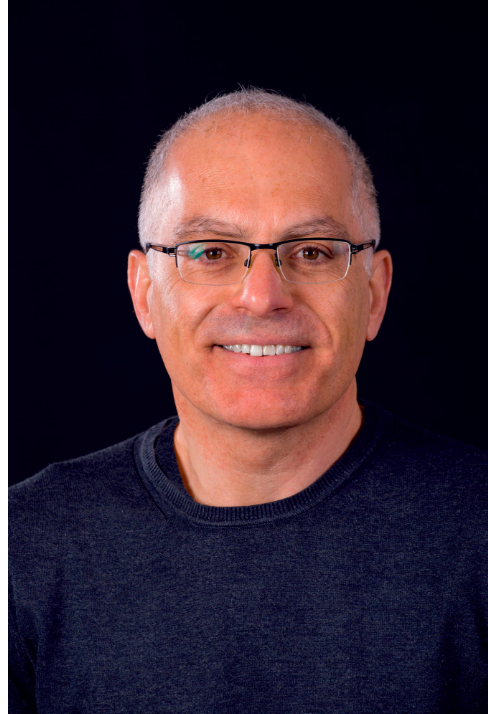For over 20 years, the Ecoweek initiative, founded by architect Ilias Messinas, has been advocating for ecological awareness and sustainability through architectural solutions. From its humble beginnings on the Greek island of Aegina, Ecoweek has grown into an international movement, spanning 17 countries and gaining significant media attention. Messinas, who was inspired by various environmental figures, has led this initiative, pushing for a greener future through sustainable design and construction practices.


The Spark for Ecoweek
Ilias Messinas’ journey into environmentalism began in the 1980s when he was a student at the National Technical University of Athens (NTUA). He was influenced by a Canadian professor who introduced him to progressive ecological concepts. Later, in 1992, the famous Greek architect Alexandros Tombazis further fueled his passion, especially after being inspired by a talk from the mayor of Curitiba, Brazil, Jaime Lerner. Lerner was known for his pioneering ecological urban interventions, such as eco-friendly buses and recycled plastics, which motivated Messinas to take action and join the environmental movement.

In 2005, living in Aegina, Messinas decided to organize a series of environmental lectures focused on ecological building practices. The event was so successful that it led to the creation of Ecoweek, an environmental festival lasting a week, aimed at educating the public on sustainable living and construction. Featuring events like Toyota Prius test drives, workshops for children, and composting lotteries, the event quickly gained momentum and inspired similar efforts across the world.

Expanding Ecoweek Globally
Ecoweek started its international expansion soon after its launch, with countries like Cyprus, Italy, Israel, the UK, and Denmark hosting events. In 2007, Al Gore’s documentary An Inconvenient Truth was screened across schools in Greece and Cyprus, increasing the initiative’s visibility. By 2008, the movement gained further international recognition, especially with the hosting of an international conference in Athens featuring renowned Malaysian architect Ken Yeang, known for his expertise in green skyscrapers. Yeang, included in the list of 50 individuals who could save the planet, brought significant attention to the event and its sustainable design focus.

Green Architecture and Sustainable Cities
According to Messinas, transforming cities into energy-efficient and environmentally-friendly spaces starts with rethinking how buildings are designed. He advocates for bioclimatic architecture that minimizes energy consumption through passive strategies like building orientation, shading, and insulation, with additional energy needs met by renewable sources. Messinas draws from historical urban planning strategies that promoted green spaces, like the planting of orange trees in Athens, which not only offered shade but also cleaned the air and provided food.
He suggests that a “green city” encompasses much more than just LED streetlights or solar panels on rooftops. It’s about integrating sustainable materials, using innovative solutions for energy-efficient historical buildings, and thinking holistically about urban development. For example, Messinas points out that using smart shading on glass buildings, particularly common in Greece and the Middle East, can reduce the heat they trap, leading to lower energy consumption. He also stresses the importance of balancing the use of renewable energy sources and ensuring that urban systems function in harmony.
The Future of Sustainable Design
Messinas’ favorite examples of green architecture include buildings made from natural materials like cob or straw bales, which avoid the use of cement or chemicals. He admires the work of Hassan Ragab, an Egyptian architect, and Superuse Studios in the Netherlands, who creatively use recycled materials in their designs. One particularly innovative project involved an office building constructed with two shells—one made of glass and the other with water and algae that naturally regulate the temperature, mimicking natural processes in a concept known as biomimicry.
Ultimately, Messinas views sustainable design as not only about protecting the environment but also serving the people who live in and around these buildings. It’s about creating a balance that respects both human needs and the planet’s resources. Through initiatives like Ecoweek and his architectural practices, Messinas continues to lead by example, inspiring the world to build better, greener, and more sustainable cities.
Ask me anything
Explore related questions





